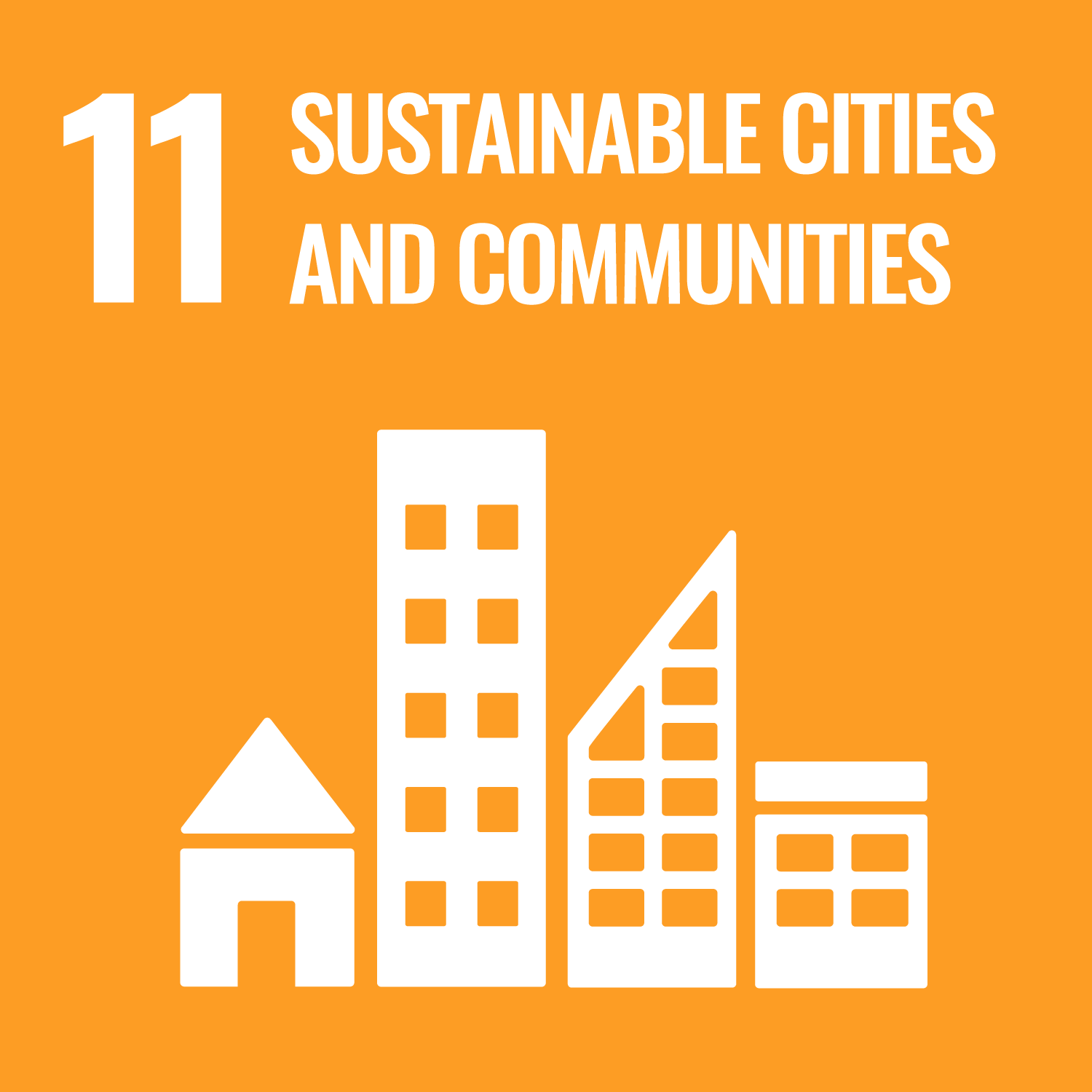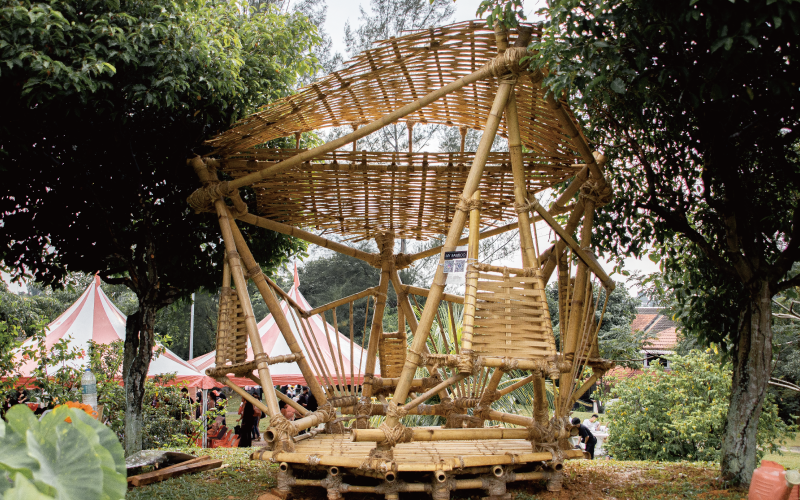Ar. Chang Yan Yee, a Senior Lecturer at Taylor’s University’s School of Architecture, Building and Design revealed that for this pilot project, a team of six academics and 100 students worked closely with external experts and industry partners for five weeks to create five special structures.
Ar. Chang shared, “For greater impact, students should construct such projects closer to home, and Kebun Komuniti (Community Garden) USJ2 (KKUSJ2) is a place close to our home, Taylor’s University. When I first met Katherina, KKUSJ2’s liaison person, she only asked for seats that her members could use to rest. However, as architects, we wanted to do more. We wanted to delight them with spaces that could positively impact their time spent at the Kebun. The main theme unifying the five structures was conceptualised based on the conditions and activities that we saw taking place at KKUSJ2. To See was born from the favourite ritual of visitors to the Kebun who liked to watch sunsets on the hilltop. To Rest was devised from the practical need for a place to rest the body in-between gardening activities. To Snooze was designed as a respite for the mind, to introduce a pause between episodes of frenetic mental activity. To Safekeep originated from the observation that gardening tools were usually hung on trees due to the lack of storage space. Finally, To Celebrate was conceived as the members of KKUSJ2 wished for a place where they could host gatherings and celebrations.”
Associate Professor Dr. Veronica Ng, Head of Taylor’s School of Architecture, Building and Design and Impact Lab Director for Liveable Urban Communities said, “Our first-year students need to recognise that architects have the power to shape built environments that are both functional and inspirational. Before this, students have produced bamboo structures for assessments but without real-life users in mind. As we move towards impact-driven learning, Taylor’s wants to become a living lab for creative productions, to help students take their work outside the university to make a positive impact on local communities.”





